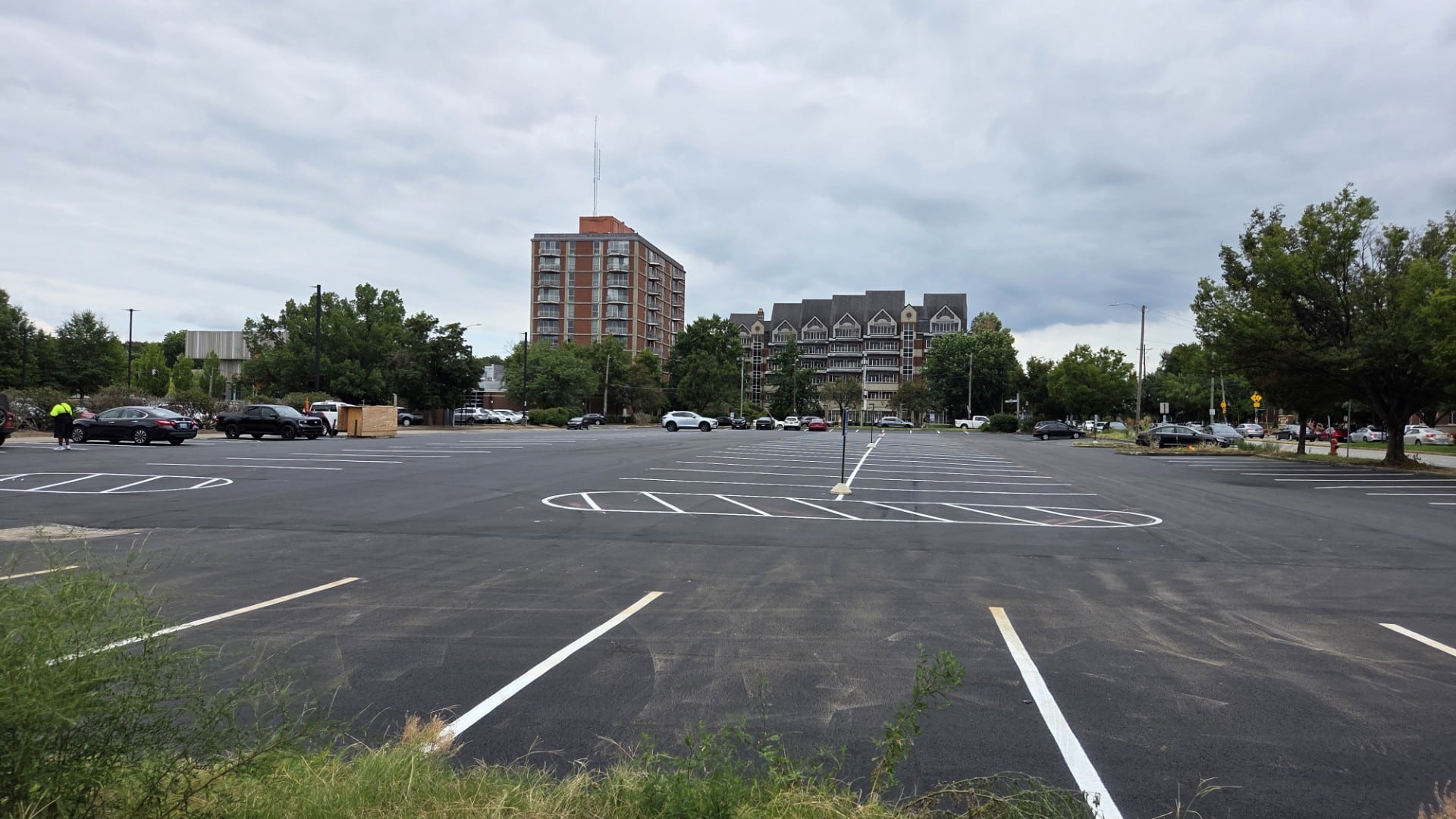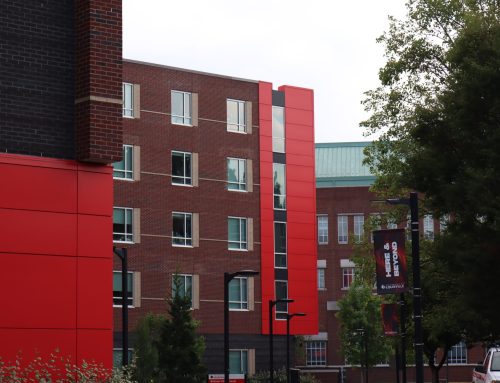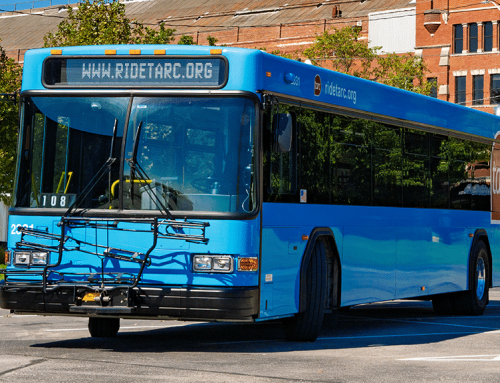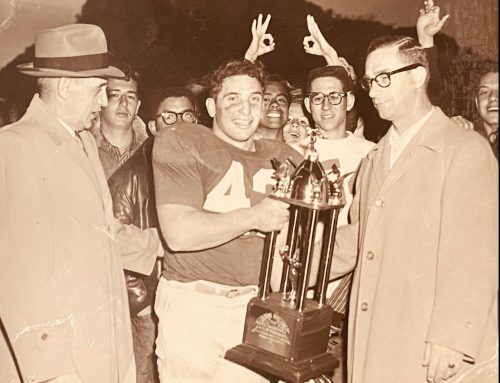By Sean Willis
The lot that was once home to the Cardinal Center has been a site of potential for years now.
When I started my undergraduate degree at the university in January 2020, many of its storefronts sat empty already. Then COVID killed much of what remained. The rest of the block consists only of a bank and a faculty parking lot. It sits at the heart of campus, but has remained relatively underutilized.
Developers noticed the potential of this lot. They were planning a mixed-use project consisting of a hotel, Target and conference center at the site. After this plan eventually fell through, the most recent campus master plan called for a campus housing and student life building, along with a visitors center.
U of L eventually bought the property, demolishing the existing structure and promising to turn it into a temporary green space
Despite the potential and promises, the lot has been paved over to create an extension of the staff parking lot. The entire block is now essentially a parking lot.
This is an incredible squandering of potential for a variety of reasons. Right across the street, Cardinal Town has filled every storefront for the first time since I started attending the university, showing an increasing demand for commercial space.
The Cardinal Center lot itself is already worth $3.3 million, and that is before any kind of development.
The environmental consequences are arguably more profound. This area is close to the most massive parking lot on campus outside of L&N Stadium’s lot. This density of pavement has created conditions for the urban heat island on campus to only get stronger when you add another parking lot.
The census block group the lot sits within already faces a high heat risk, averaging a summer surface temperature of 105 degrees (F) on top of only 13% of the area being covered by trees. Thousands of students walk this part of campus every day, and this lot will only make their experience more uncomfortable.
Students on campus already face a litany of issues: hot temperatures, high cost of housing, inaccessibility to third places, inaccessibility to green spaces and so on.
What is currently a parking lot could be one of the most vital centers of student life on campus. What could be hundreds of homes or a vital social and green space is instead temporary storage for maybe 100 vehicles. We can do better.






